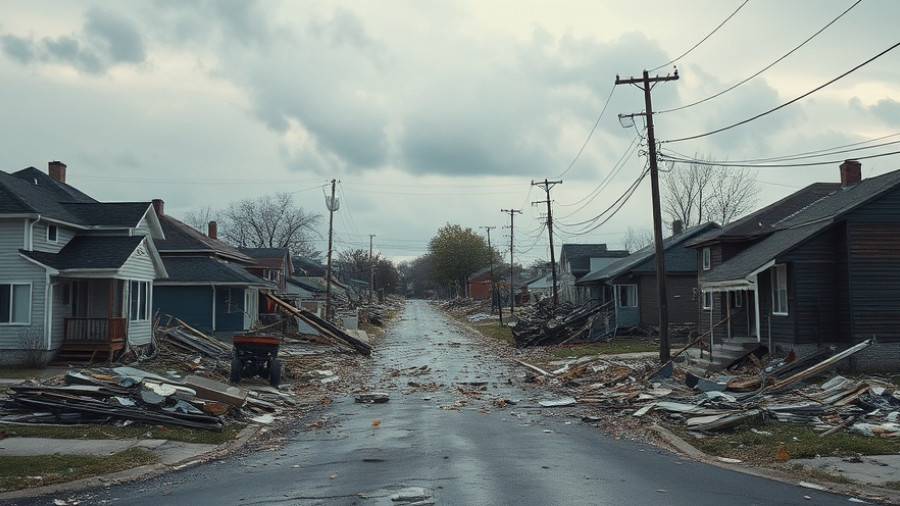
Understanding the Hazards of Wildfire Smoke and Its Aftermath
As wildfires grow more intense and frequent due to climate change, the fallout extends beyond raging flames. Smoke pollution has become a pressing concern for countless residents, like Elle Schneider in Altadena, California, whose home was just spared but still faced the consequences. With hazardous substances lingering in the air, understanding when a home is safe after wildfire smoke is critical for affected homeowners navigating the uncertain waters of recovery.
Current Research and Its Implications
Researchers, including Professor Yifang Zhu from UCLA, are at the forefront of investigating pollutants associated with wildfire smoke. This unprecedented research effort sheds light on toxic chemicals such as arsenic and benzene that may infiltrate homes even if they weren’t physically damaged by fire. As these currents of pollution impact urban environments, the need for clear standards and response strategies becomes increasingly urgent. The absence of established remediation protocols complicates the process for homeowners seeking assistance.
The Dire Need for Established Standards
The lack of federal and local standards regarding smoke remediation heightens the risks associated with returning to a possibly contaminated home. California's recent task force formed by the insurance commissioner seeks to address this gap, but recommendations won’t be available until next year. For residents who are already feeling the stress of financial and physical recovery, this delay raises challenges in managing property damage claims related to smoke exposure.
Health Risks: Beyond Immediate Impacts
The combination of environmental contamination from past activities and the aftermath of wildfires leads to an intricate web of health risks. Those living near a burn area could face dangers similar to those exposed during other toxic smoke events, like the fallout from 9/11. The challenges aren't limited to environmental and health concerns; they also extend into navigating insurance processes. Ensuring that policyholders know their rights and how to manage their claims effectively is paramount.
Practical Insights for Homeowners
Homeowners like Schneider are left confronting a myriad of issues, ranging from what to clean and salvage to how to approach filing a claim with their insurance provider. Here are some essential tips for managing the property damage claim process:
- Document Everything: Take photos and notes of all damages for your insurance records.
- Understand Your Policy: Know what your policy covers regarding smoke damage, as not all standard homeowners insurance will address these issues.
- Consult Experts: Engage with environmental specialists who can guide the remediation process to ensure all hazardous substances are adequately addressed.
- Negotiate Thoroughly: If in doubt, seek assistance from a public adjuster to help negotiate the best possible settlement.
A Call to Action for Affected Homeowners
For homeowners impacted by wildfire smoke, knowledge and preparedness are essential. As wildfires increasingly affect urban centers worldwide, understand your rights and the steps needed to file a claim correctly. Engage with experts, document damages, and explore your options thoroughly to achieve the best possible outcome. Don't let the complexities deter you; arming yourself with information is the first step to reclaiming your safety and peace of mind post-event.
 Add Row
Add Row  Add
Add 




Write A Comment